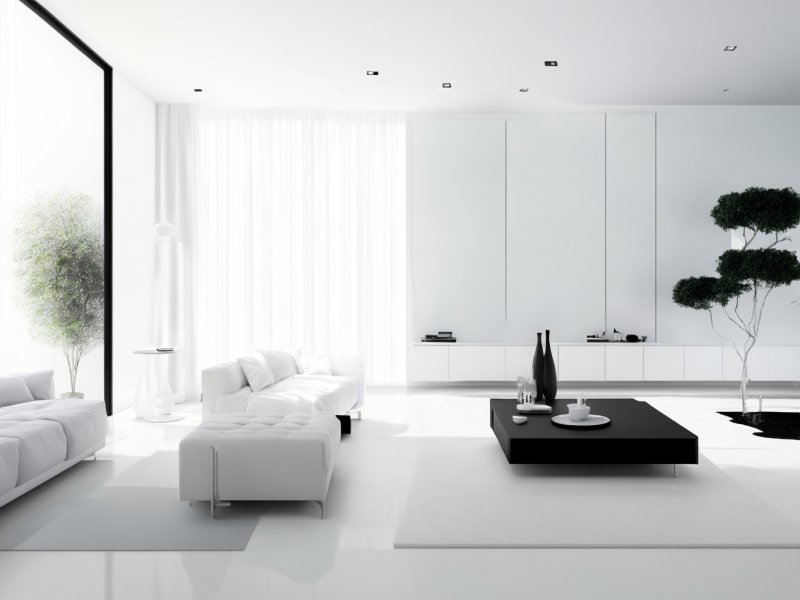
Introduction:
In a world filled with constant noise and clutter, many individuals are seeking solace and simplicity in their lives. This desire for a more balanced and peaceful existence has led to a resurgence of minimalism, a design philosophy that focuses on clean lines, functional spaces, and a sense of calm. In this blog post, we will explore the principles of minimalism and how they can be applied to design residential spaces with clean lines and simple elegance.
1. Understanding Minimalism:
Minimalism is more than just a design trend; it is a lifestyle choice that emphasizes the importance of only owning and surrounding ourselves with things that truly add value to our lives. In interior design, minimalism seeks to create spaces that are free from unnecessary clutter and distractions, promoting a sense of tranquility and mindfulness.
2. Decluttering and Simplifying:
The first step in embracing minimalism in residential spaces is decluttering and simplifying. Take a critical look at your belongings and let go of items that no longer serve a purpose or bring you joy. Simplify your space by keeping only the essentials and storing them in an organized and efficient manner. This process not only creates physical space but also mental space, allowing you to focus on what truly matters.
3. Clean Lines and Neutral Colors:
Clean lines are a hallmark of minimalistic design. Opt for furniture and architectural elements that have simple and unadorned shapes. Avoid excessive ornamentation or intricate patterns that can create visual noise. In terms of color palette, stick to neutral tones such as whites, grays, and earthy hues. This choice of colors enhances the sense of serenity and allows key design elements to stand out.
4. Functionality and Practicality:
Minimalism places a strong emphasis on functionality and practicality. Every item and piece of furniture in a minimalistic space should have a purpose. Choose furniture with sleek designs that serve multiple functions, such as storage compartments or hidden features. Invest in high-quality, durable materials that will stand the test of time and eliminate the need for constant replacements.
5. Maximizing Natural Light:
Natural light plays a crucial role in minimalistic design. It not only enhances the overall aesthetics but also creates an open and airy atmosphere. Avoid heavy curtains or window treatments that obstruct light. Instead, opt for sheer or light-colored fabrics that allow sunlight to filter through. Use mirrors strategically to reflect light and make the space appear more spacious and bright.
6. Incorporating Minimalistic Decor:
When it comes to decor, less is more in a minimalistic space. Select a few carefully curated pieces that complement the overall aesthetic and evoke a sense of tranquility. Consider incorporating natural elements such as potted plants or a small indoor garden to bring a touch of life and freshness to the space. Artwork should be chosen thoughtfully, with simple and clean compositions that harmonize with the overall design.
Conclusion:
Embracing minimalism in residential design is a transformative journey that allows individuals to create spaces of calm and simplicity. By decluttering, embracing clean lines, and incorporating functional elements, we can design residential spaces that exude elegance and tranquility. Remember, minimalism is not about sacrificing comfort or style, but rather about finding the perfect balance between simplicity and functionality. So, take a step back, breathe, and let the beauty of minimalism transform your home into a haven of peace and serenity.
Share This News